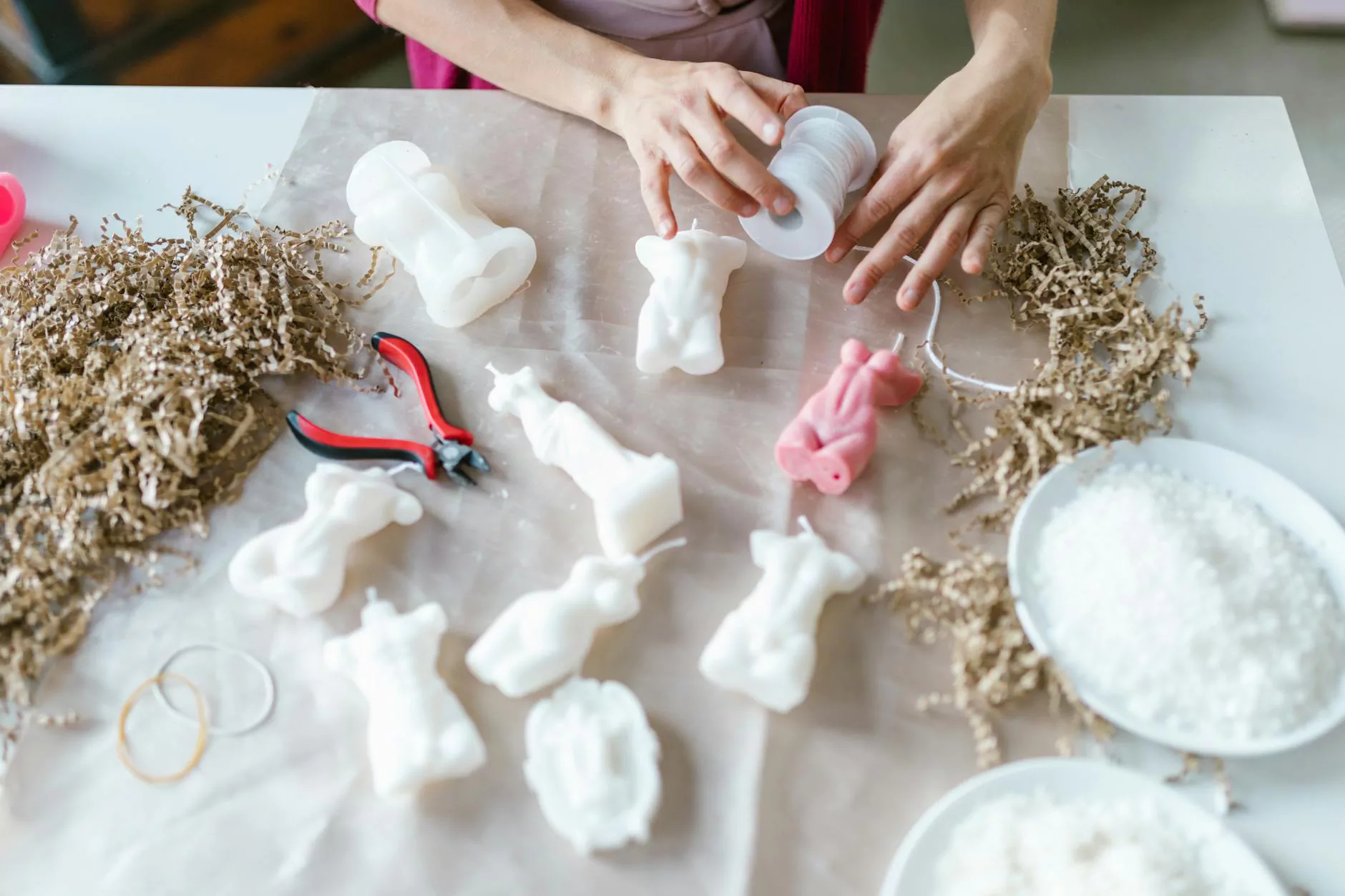Podiatry Ingrown Toenail: Comprehensive Guide and Solutions

In the realm of foot health, one of the most common yet often overlooked conditions is an ingrown toenail. This painful condition can disrupt daily activities and lead to significant discomfort if left untreated. Understanding the causes, preventive measures, and treatment options available through podiatry can significantly improve your foot health and overall well-being.
What is an Ingrown Toenail?
An ingrown toenail, medically known as *onicocryptosis*, occurs when the edge of the toenail grows into the surrounding skin, causing pain, inflammation, and sometimes infection. The big toe is the most commonly affected, but any toe can develop this condition.
Causes of Ingrown Toenails
1. Improper Nail Trimming
Cutting your nails too short or rounding the corners can encourage the nail to grow into the skin. It’s essential to follow proper nail cutting techniques to avoid this issue.
2. Poor Footwear Choices
Tight shoes or socks that crowd the toes can contribute to the development of ingrown toenails. Always opt for footwear that provides ample space for your toes to move freely.
3. Genetic Predispositions
Some individuals may have a hereditary tendency to develop ingrown toenails due to their nail shape or the way their feet are structured.
4. Foot Injuries
Trauma to the toe from stubbing or repetitive pressure can lead to an ingrown toenail as well.
5. Fungal Infections
Certain fungal infections can alter the nail's shape and contribute to the formation of an ingrown toenail. Maintaining proper foot hygiene is crucial for prevention.
Symptoms of Ingrown Toenails
Recognizing the symptoms early can help prevent further complications. Common symptoms include:
- Redness and swelling around the affected toenail
- Pain and tenderness, especially when pressure is applied
- Pus or drainage from the impacted area in case of infection
- Difficulty wearing shoes or walking
Diagnosing Ingrown Toenails
A podiatrist typically begins with a thorough examination of your foot. They may assess your toenail shape, related symptoms, and medical history to diagnose the condition accurately.
Treatment Options for Ingrown Toenails
1. Conservative Treatments
For minor cases, conservative treatments are usually effective. These might include:
- Soaking the foot in warm, soapy water to reduce swelling.
- Wearing open-toed shoes to alleviate pressure.
- Applying antibiotic ointments to prevent infection.
2. Podiatric Procedures
In cases where conservative treatments fail, your podiatrist may recommend a minor surgical procedure, such as:
- Partial nail avulsion: Removal of part of the nail to relieve pressure.
- Matrixectomy: Permanent removal of the nail matrix to prevent the nail from growing back.
Preventing Ingrown Toenails
Preventative strategies are essential in maintaining toe health and avoiding future occurrences of ingrown toenails. Here are some effective tips:
- Trim nails straight across and avoid rounding the edges.
- Choose the right footwear: Ensure your shoes fit well and provide enough room for your toes.
- Practice good foot hygiene: Wash and dry your feet regularly to prevent infections.
- Seek professional care: Regular check-ups with a podiatrist can help identify potential issues before they escalate.
When to See a Podiatrist
While minor ingrown toenails can be managed at home, there are times when professional help is required. It’s essential to seek the advice of a podiatrist if:
- You experience severe pain and are unable to manage it with home treatments.
- The area shows signs of infection, such as increased redness, swelling, or pus.
- You have underlying conditions (like diabetes) that affect foot health.
- Your ingrown toenail does not improve with home care within a few days.
Conclusion
Ingrown toenails can be a nuisance, causing pain and discomfort, but with proper knowledge and action, they can be effectively managed. Understanding the causes, symptoms, and treatment options available through podiatry is crucial in maintaining healthy feet.
The Foot Practice offers a wide range of podiatric services to ensure your feet remain in optimal condition. If you're struggling with an ingrown toenail or want to learn more about preventative care, don’t hesitate to reach out to our team of experienced professionals today.
FAQs About Ingrown Toenails
1. Can I treat an ingrown toenail at home?
Yes, minor cases can be treated at home through soaking, proper nail trimming, and wearing appropriate footwear. However, if symptoms persist, consulting a podiatrist is advisable.
2. What can I do for pain relief from an ingrown toenail?
Over-the-counter pain relief medication, warm soaks, and avoiding tight shoes can help alleviate discomfort. If the pain is severe, it’s best to consult a health professional.
3. How long does it take to recover from ingrown toenail surgery?
Recovery time varies depending on the procedure, but most individuals can return to normal activities within a week, provided there are no complications. Follow your podiatrist's advice for optimal recovery.
4. Are ingrown toenails common in children?
Yes, children can develop ingrown toenails due to improper nail cutting or footwear. It's important to monitor their foot health regularly.
5. Will my ingrown toenail come back after treatment?
With proper care and preventative measures, the likelihood of recurrence is reduced, especially if permanent procedures are performed. Always follow your podiatrist’s recommendations for ongoing care.
podiatry ingrown toenail








